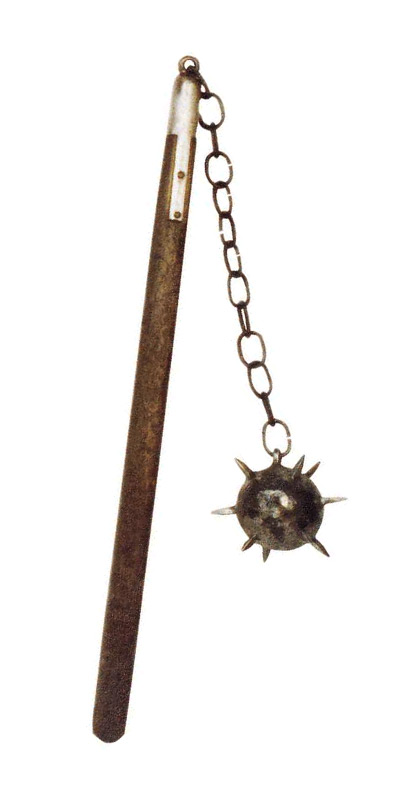
Medieval Flail
The flail is a weapon that consists of a striking head attached to a handle by a rope or chain.
People used weapons in medieval times for different reasons, including self-defence, hunting, warfare, and sport. In many cases, the use of weapons in the Middle Ages was necessary for survival, as society was often violent and unpredictable. Explore medieval weapons of Great Britain and Europe, including various types of swords, maces, hammers, daggers, bows, crossbows, clubs, and more. Or continue to armour or siege engines.

The flail is a weapon that consists of a striking head attached to a handle by a rope or chain.
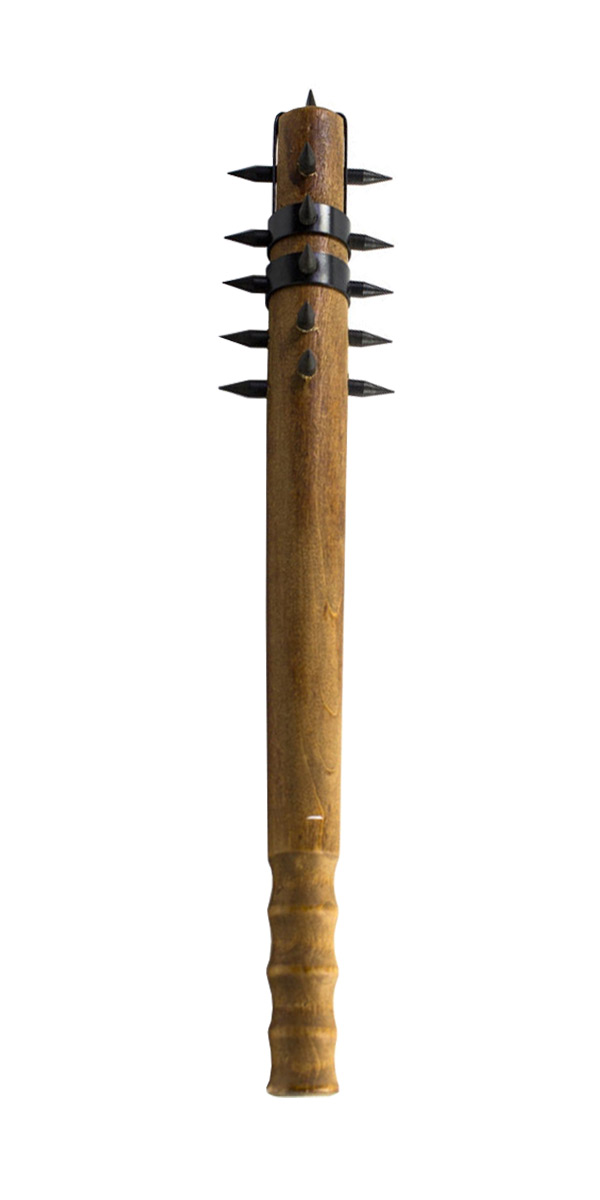
The medieval club or bludgeon was a short stick made of wood and wielded as a weapon.
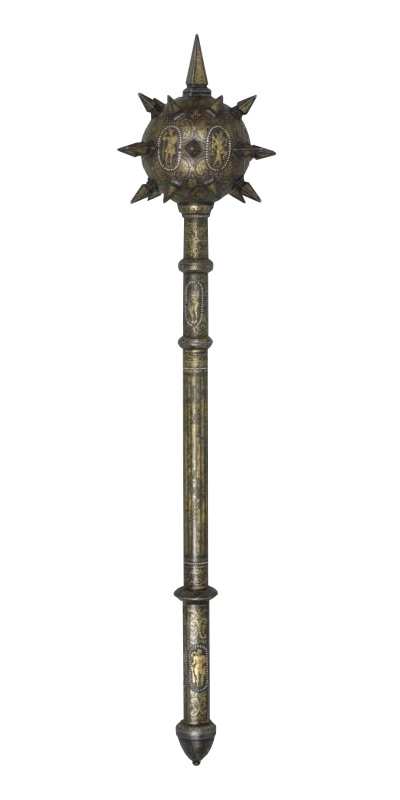
The Morning Star is a club-like weapon with an attached ball adorned with spikes.
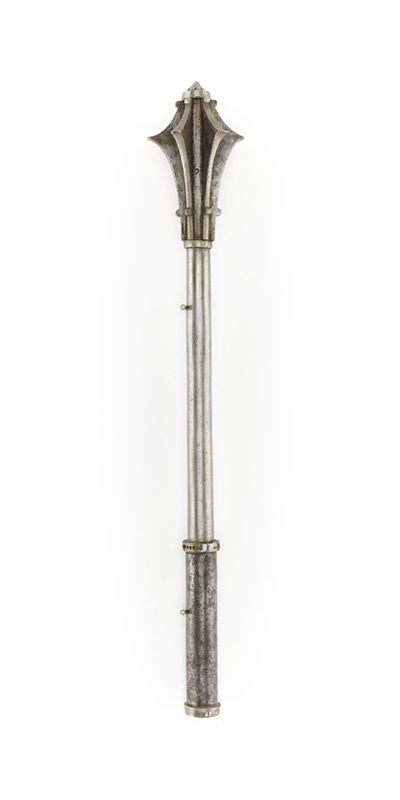
The mace uses a heavy head on the end of a handle to deliver powerful blows.
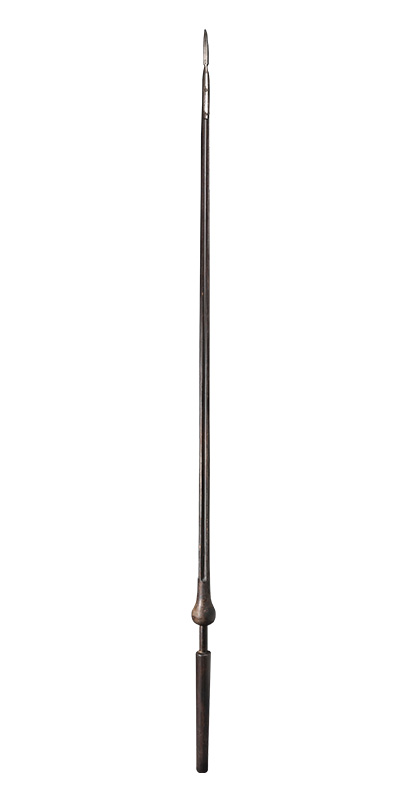
The medieval lance was used both on the battlefield and at jousting and tournaments.
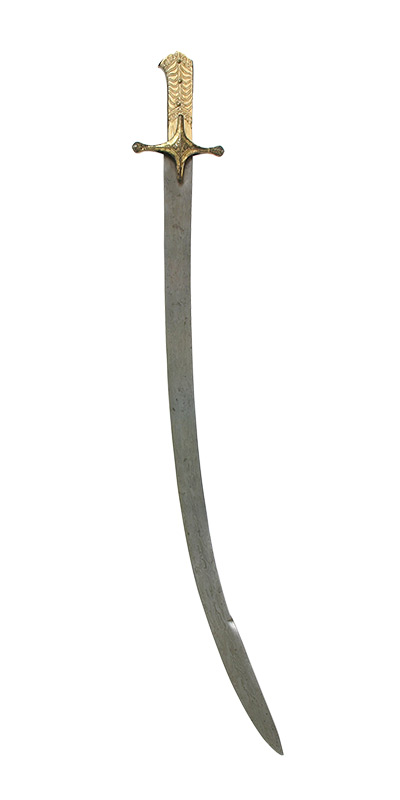
The Scimitar is a sword with a curved blade that originates in the Middle East.
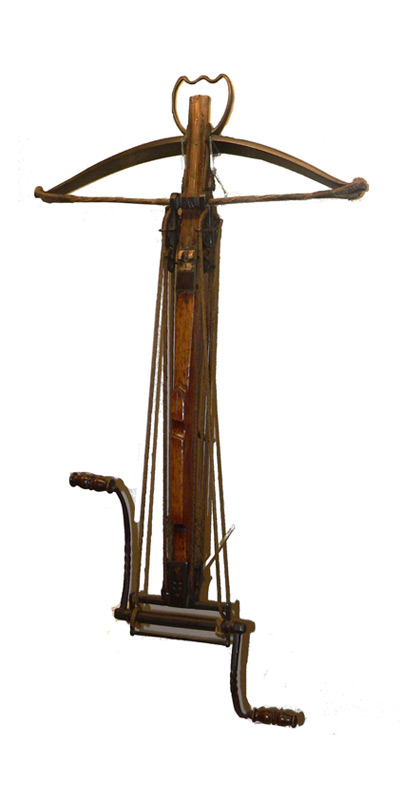
The crossbow is an elastic ranged weapon made with a prod on a tiller.
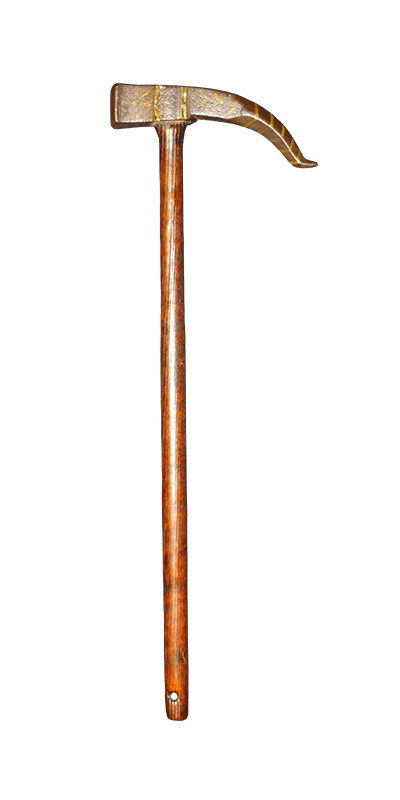
The War Hammer is a late medieval weapon mainly used in close combat.
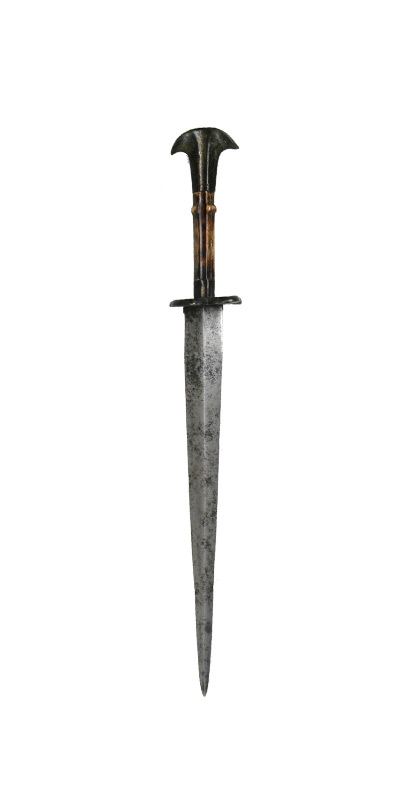
Daggers have a double-edged blade used for stabbing or thrusting in close combat.
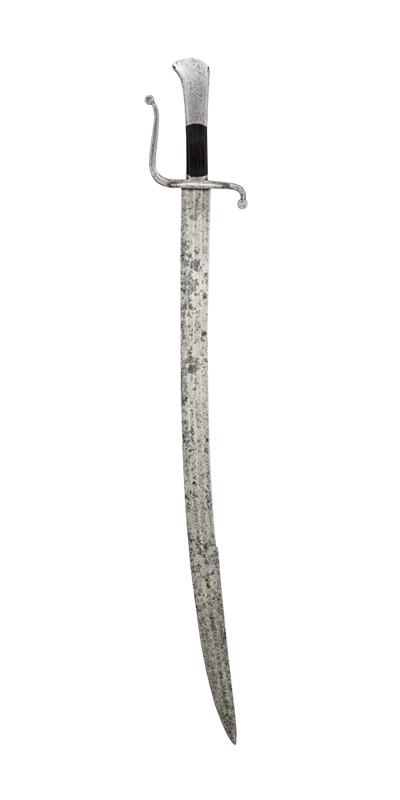
The Falchion is a one-handed, single-edged sword of European origin and reminiscent of the Persian scimitar.
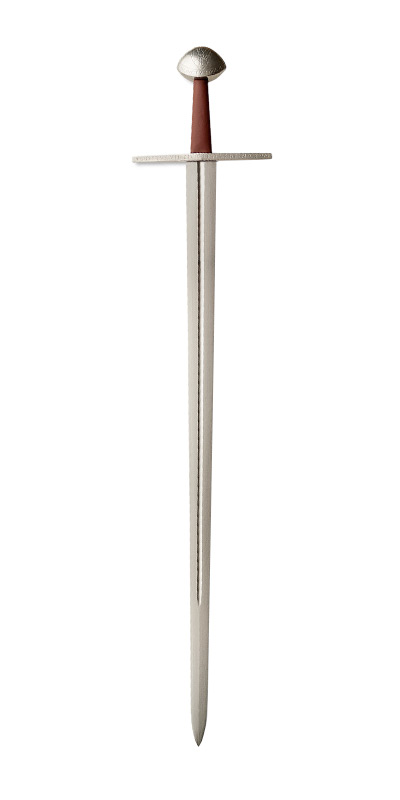
The Arming Sword (or knightly sword) is the single handed cruciform sword of the High Middle Ages.
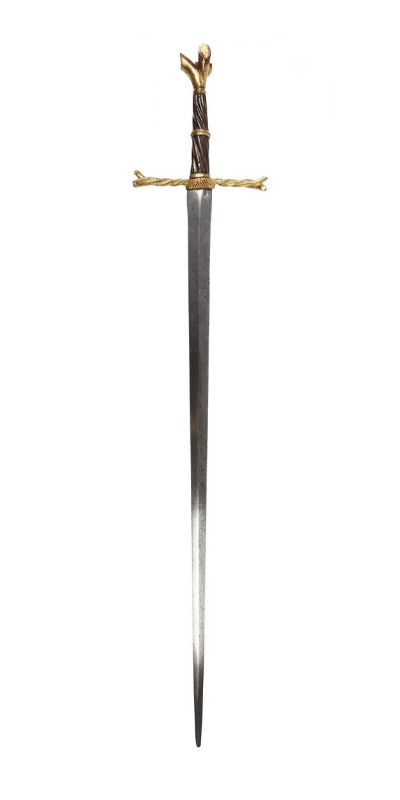
The Longsword is a type of European sword used during the late medieval period.
Here are some common questions about what medieval weapons were, how they were used, and why – including the most popular uses for weapons in the Middle Ages (such as self-defence, hunting, warfare, or recreation) and the most popular weapons themselves.
Self-defence was a significant reason why people carried weapons. Travelling through unfamiliar territory could be dangerous in medieval times, and individuals often carried weapons to protect themselves from bandits, robbers, and other criminals.
Hunting was another important reason why people used weapons in the Middle Ages. Because hunting provided a source of food and materials, weapons such as bows, crossbows, and spears were used to bring down game.
Lastly, warfare was perhaps the most significant reason why weapons were used in medieval times. Weapons such as swords, axes, maces, and spears were needed for battles fought between rival kingdoms, armies, and factions to kill or incapacitate enemies.
Finally, sports and recreation were also good reasons to use weapons then. Jousting, sword-fighting, and archery contests were popular forms of entertainment, and many individuals trained with weapons as a form of exercise or to improve their martial skills.
The most popular medieval weapon varied depending on the time period and the region where it was used. However, some of the most common and popular medieval weapons included the longbow (a powerful and accurate weapon used by English archers), the sword (a versatile weapon that could be used for slashing and thrusting), the mace (a blunt weapon with a spiked head), the spear (which could be used for both thrusting and throwing), and the crossbow (a powerful ranged weapon that could penetrate armour).
Popular medieval armour of Great Britain and Europe, including shields, vambraces, helmets, cuirasses, pauldrons, sabatons, faulds, and more.
Explore medieval siege engines and devices designed to help to besiege armies and breach the defences of a castle, including springalds, mangonels, warwolves, trebuchets, caltrops, and more.
Do you want to learn more about medieval weaponry? Here are some of my favourite books covering weapons, castle defences, what life was like for a knight or warrior, and more.